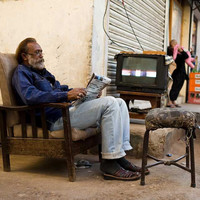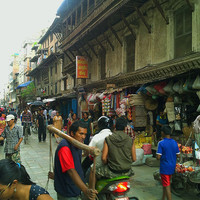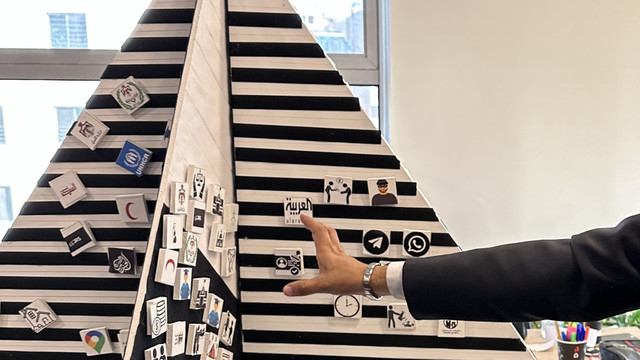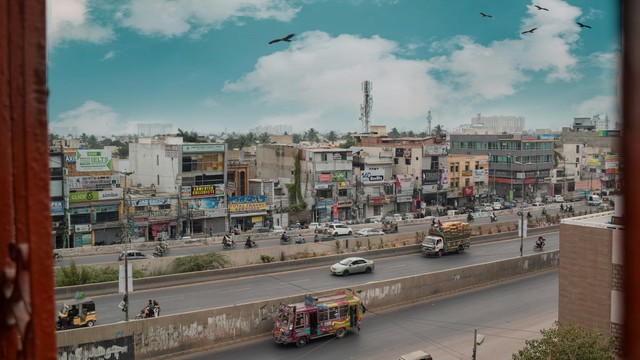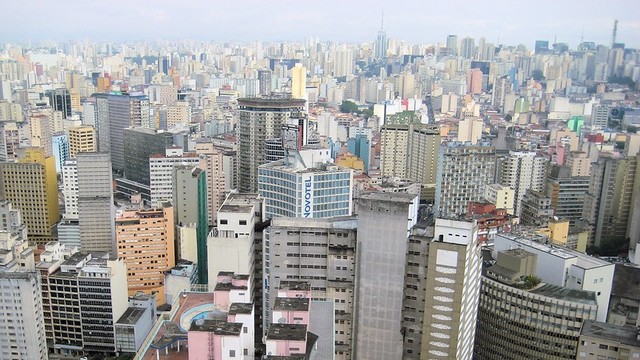A picture of urban living
To coincide with World Cities Day on 31 October, our urban photo gallery shows how we are working with partners to document and highlight the often neglected circumstances in low-income urban communities, and to advocate for change.


A living room on the street, in Karachi, Pakistan (Photo: Fareena Chanda)
Picture the word 'urban' and what do you see? A skyscraper, a shack; a fancy restaurant, a food cart; a chauffeured limousine, an overloaded bicycle. All are valid – for urban settlements across the globe are very diverse and full of contrast.
It is true that towns and cities are home to some of the world's richest and most powerful people. But they are also home to some of the world's poorest and most powerless.
Around one in seven of the world's population – one billion people – live in informal settlements in urban areas. These low-income communities survive at the sharp end of poverty, living and working with little or no running water, sanitation, drainage, electricity and healthcare.
And they are particularly vulnerable to natural disasters and climate change, both of which can exacerbate the root causes of poverty and inequality.
For more than 40 years, IIED has been working in partnership with local communities, groups and organisations in towns and cities across the global South. Our experience tells us that these people are not simply victims of change but are often also agents of change, using their ingenuity, resourcefulness and collective knowledge to design and implement solutions to the challenges that they face.
The photo gallery below offers a snapshot of our work with partners in this context, particularly our combined efforts to document the often neglected circumstances in low-income urban communities and to advocate for change.
Photo gallery
When we picture the word 'urban', this is what we see...



